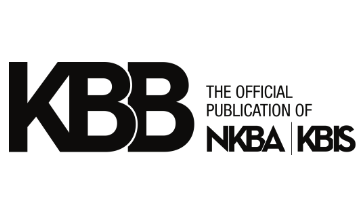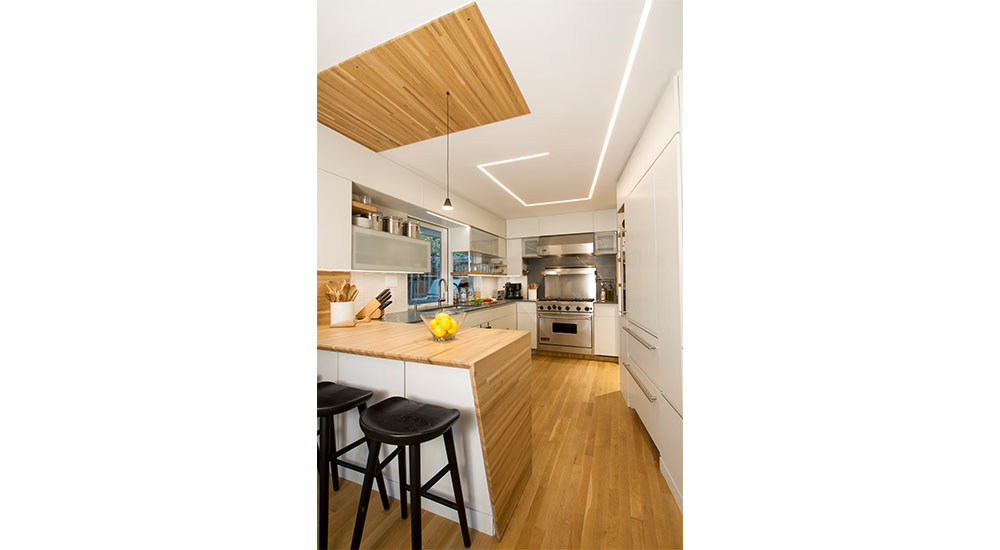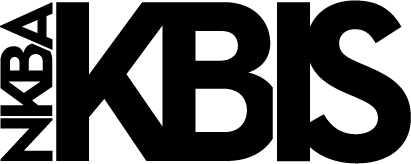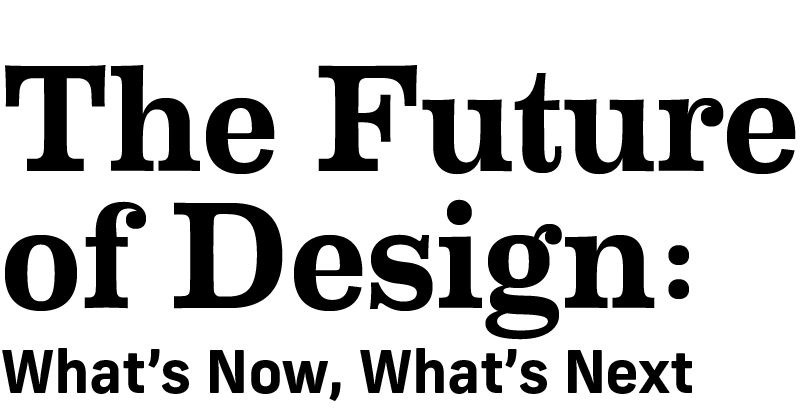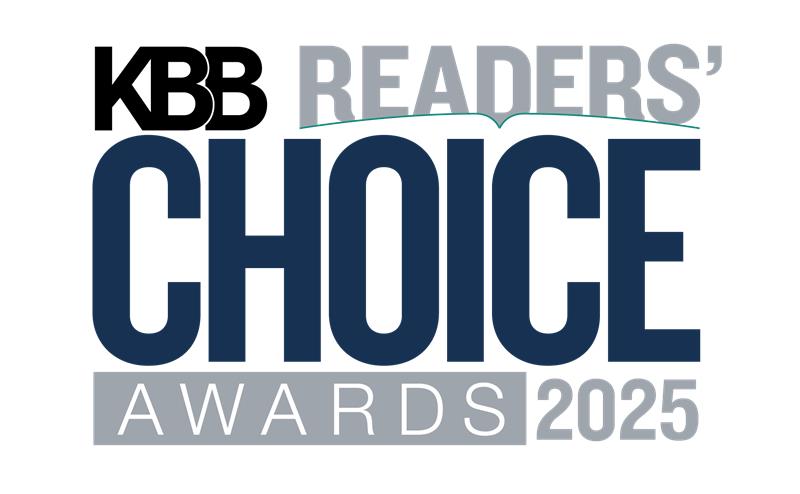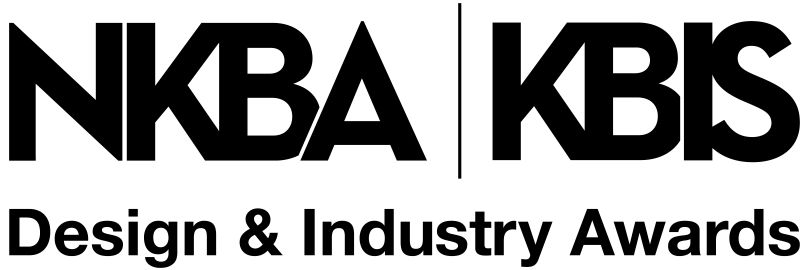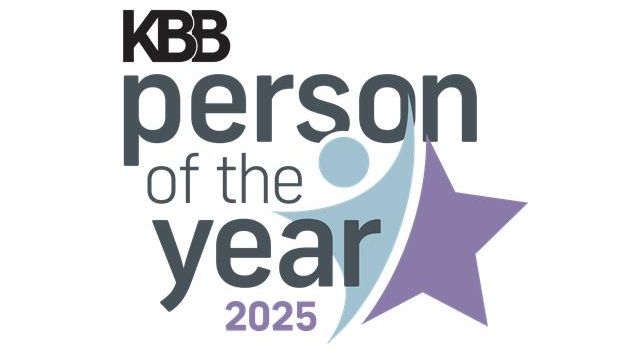Light is a powerful tool that shapes our experiences, enhances aesthetics and transforms spaces. With people spending about 90% of their time indoors (according to the EPA), lighting is an increasingly important element in today’s homes, influencing physical and mental wellbeing.
By considering factors such as a room’s layout, decor, mood and desired aesthetic, designers can create cohesive and visually engaging environments through thoughtful lighting plans.
Above: In this kitchen, instead of expected cans in the ceiling, the Princeton Design Collaborative elected to “paint” with light, using mud-in light strips. Only the lens is visible as it follows the cabinet line to ultimately emphasize the range. All the fixtures are high-efficiency LEDs. Photo: Jeffrey Tryon, Princeton Design Collaborative
“Beyond natural light sources like windows, ‘good light’ comes down to the interplay between light and dark, which can help provide depth and let homeowners notice the feel of a room,” said Nathan Orsman, founder and principal of New York City-based Orsman Design. “While I often see people choose lighting fixtures because of how they look within a space, the best lighting solutions will help draw the eye to focal points throughout the room and can create subtle contrast to keep spaces from feeling flat and boring.”
Architectural lighting designer Paul Nulty adds, “If we’re not considering the quality of light that we’re trying to achieve, there’s a danger that we might flood a space with light. We need to work backward and focus on the interplay play of light on surfaces and the different lighting techniques that bring a scheme to life.”
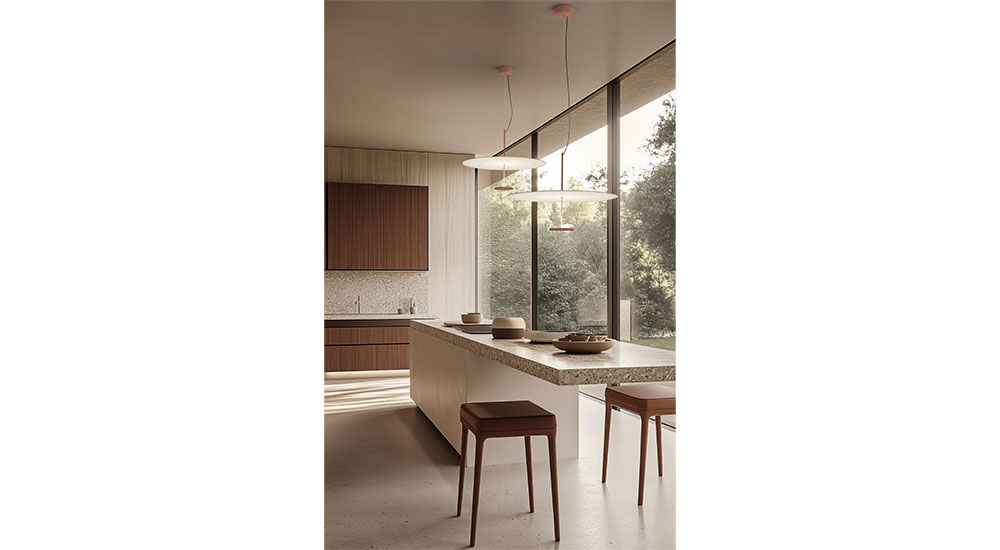
Introduced at Euroluce 2025 during Milan Design Week, the Stilo pendant lamp from LINEA LIGHT GROUP has an acrylic disc that reflects light onto the surface below. Recessed and ceiling models are also available. linealight.com Photo: Linea Light Group
The Lowdown on Layering
Design pros agree that a layered approach to lighting, where a variety of light sources is employed, is the most effective way to create a multi-faceted, functional environment. Layering also allows for a versatile ambience that can be adjusted to fit different activities and moods.
Layered lighting consists of three primary applications: ambient, task and accent. Each serves a specific purpose.
Ambient Lighting. The foundation of a residential lighting scheme, it provides general illumination, ensuring that spaces are well-lit and comfortable. Recessed lighting, chandeliers or ceiling-mounted fixtures are common choices for ambient lighting, casting an even glow throughout the room.
Task Lighting. This type of lighting focuses on specific work areas, such as countertops and sinks. Task lighting enhances visibility where it’s needed most, improving both safety and efficiency. Examples include pendant lights over kitchen islands and mirror-flanking sconces in the bathroom.
Accent Lighting. Accent lighting helps highlight key design elements or architectural features, adding visual interest to the space. It can be strategically placed to showcase artwork, open shelving or textured materials.
By properly balancing these three lighting elements, designers can ensure that every area of a room is illuminated to improve both its functionality and its aesthetic appeal. Not only does this approach allow for flexibility in how the space is used, but it also enables you to craft an atmosphere that suits your clients’ personal styles and needs.
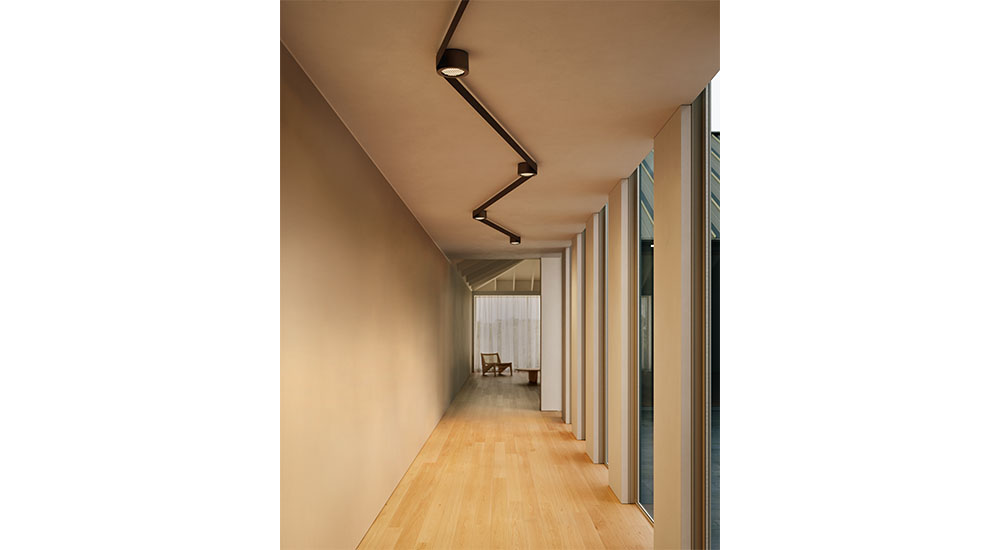
From LODES, MAP enables the free arrangement of lighting points and lines on ceilings and walls using a single power source. A fabric ribbon runs through the body of each module and distributes power throughout the system while concealing the power source. Designed by Geckeler Michels. lodes.com Photo: Lodes
Lighting Challenges
Good interior lighting isn’t formulaic or plug-and-play, but nuanced. Achieving optimal optic conditions involves a bit of science as well as experience. Here, some experts share some lessons learned about the details of a good lighting plan.
Display Lighting. Customized millwork treatments are an example of the complex conditions typically encountered by residential lighting designers. To effectively showcase a collection of items, cabinet materials, finishes, shelf depth and height, and displays are all factors that must be analyzed in the lighting plan. Placement of the light source, aiming angle, extrusion thickness and lens translucency are studied to ensure minimal distraction and desired illumination effect.
A less time- and budget-consuming alternative are preassembled cabinet units with integrated lights. These may use a low-output LED tape set in a shallow recess along the top front edge of each shelf. Stacy Dinwiddy of HLB Lighting Design advises designers to examine these products with a discerning eye.
“The shallow extrusion can expose the spacing between diodes as dots along the lens. The LED tape itself is typically outsourced in bulk at a discount rate, which can lead to mismatched color along each run or between displays.”
Canister Layout. While a neat grid of canister lights may look good on paper, it’s rarely the most practical layout, says lighting consultant Claire Pendarves. “We don’t live our lives in squares, yet so many downlights are positioned in grids. Downlights are invaluable – in the right place – so plan the areas that need focused lighting and place them accordingly.”
Technology and Health Impacts. Flicker, glare and other extremes in certain lighting applications can be problematic for persons suffering from lupus and other neurological issues. James Benya, of the lighting firm Benya Burnett Consultancy in Davis, Cal. cites a project for a homeowner who was extremely sensitive to light. “I worked with the client on control of luminance, intensity, modulation and spectrum until we found a combination that she found no longer affected her. For that project, I prioritized indirect incandescent lighting, and it worked.” The lesson? For all the capabilities of LEDs, it might not be a universal solution.
Positioning Pendants. Fixtures hung at the wrong height throw off the visual balance of a room. The general rule is to hang lights 30- to 36-inches above a countertop. Making a cardboard mock-up is a great way to show clients how the overall shape and size of a fixture will sit in the room, and can reassure them that no accidental head bumps will occur.
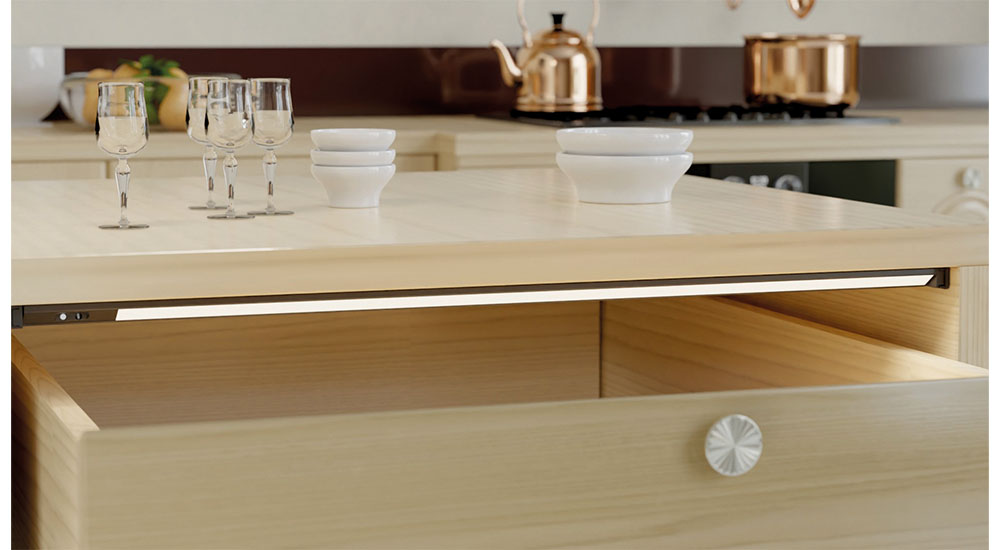
Adjustable and automatically activated by an infra-red motion sensor, the Pollux drawer light by RICHELIEU can be cut to fit all installation lengths. richelieu.com Photo: Richelieu
Lighting for Visual Impact
People – clients and designers alike – can slip into making style-over-substance decisions when it comes to lighting, particularly when it comes to investing in a statement luminaire. In an entry foyer or dining room, such actions don’t have significant consequences. But in the bathroom, where installing a chandelier over a freestanding tub remains in vogue, it poses a genuine life-safety issue.
Codes are very clear on what is and is not allowed in this situation.
The National Electric Code (NEC) sets the foundation for electrical safety in commercial, residential and industrial buildings around the world. According to the NEC, lights installed in a bathtub or shower must meet the following requirements:
1) “No parts of cord-connected luminaires; chain-, cable- or cord-suspended luminaires; lighting track; pendants or ceiling-suspended (paddle) fans with luminaire (light kit) can be located within a zone measured 900 mm (3 feet) horizontally and 2.5 m (8 feet) vertically from the top of the bathtub rim or shower stall threshold. This zone is all-encompassing and includes the space directly over the tub or shower stall.”
2) “Luminaires located within the actual outside dimension of the bathtub or shower to a height of 2.5 m (8 feet) vertically from the top of the bathtub rim or shower threshold must be marked suitable for either damp locations or wet locations. Luminaires located where subject to shower spray must be marked suitable for wet locations.”
Checking the local building code is also critical. Codes often differ from region to region, so consulting a lighting expert before committing to the design decision is a wise move – and far less expensive than going back to the drawing board or worse: having to rip out the fixture after failing a building inspection.
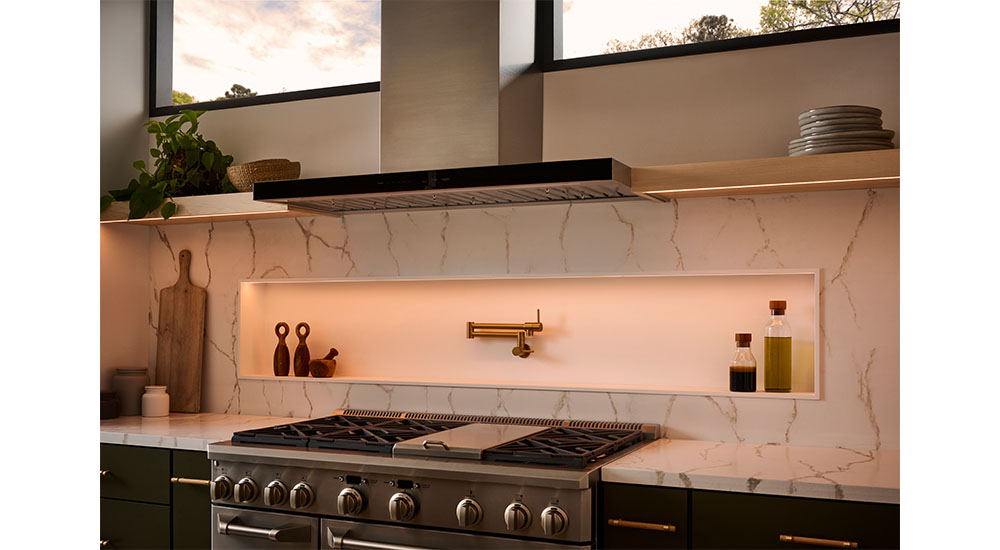
Edging a backsplash niche in the kitchen, the Lumaris RGB and Turnable White Tape Light from LUTRON combines task and ambient lighting. lutron.com Photo: Lutron
Two for the Trade
A pair of recent lighting-focused trade shows offer some illumination on trends and technologies. Held in New York in earlier this spring, LEDucation shines a light on some current and emerging issues in the industry.
One of these focused on the sustainability. Initially, the wide adoption of LEDs was fueled by promises of longevity and energy savings. But a decade later, we are facing the problem of what happens to the hardware at its end-of-life. With the current federal administration rolling back energy incentives and imposing tariffs on manufacturers, the reality of non-replaceable components is crystalizing. As a result, manufacturers are looking to shift the design of LEDs to prioritize replaceable components – a move that will have far-reaching impact on designers’ work.
Across the Atlantic, programming at the biannual Euroluce show at Salone del Mobile in Milan addressed topics that went well beyond the nuts and bolts of lighting. The presentations and roundtable discussions included psychologists, anthropologists and scientists who added perspective to lighting specialists with the aim to build a philosophical reflection on the role of light as an innovative language.
From exploring the way plants capture light and applying this knowledge to the human environment to devising ways for light to control peoples’ behavior, the forum was far-reaching. And the take-aways were certainly thought-provoking. Designer Stefan Diez said, “I am not sure that technology is capable of keeping the promises it has made to us. Sensors that regulate the brightness of spaces, that decide what is best also in terms of design, offer wonderful and infinite possibilities. But sometimes I have a great desire to turn off all the lights to focus on the beauty of a single luminous element. Attention and awareness could define a new type of luxury.”
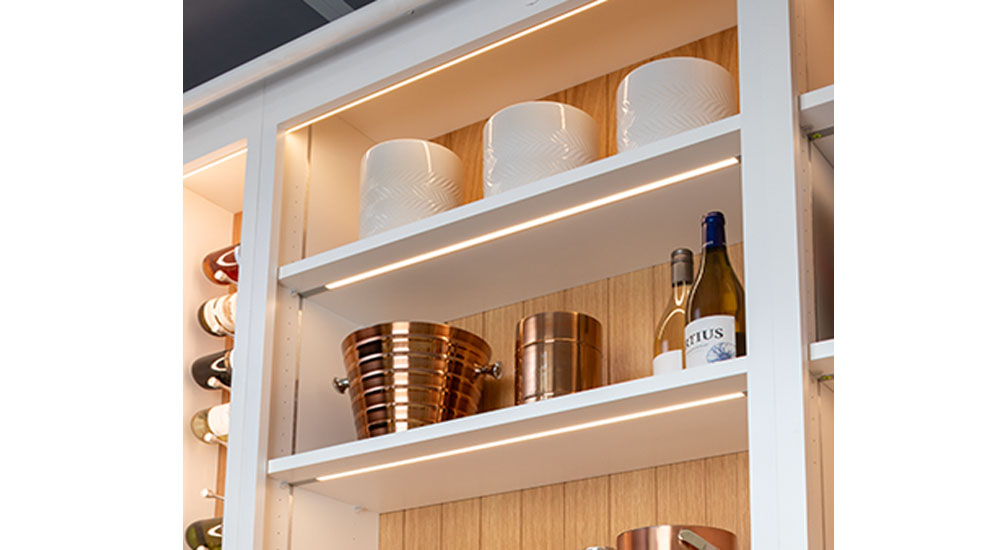
HÄFELE’s Adjustable Shelf Light comes together with just a few components: aluminum bus bars, custom or standard-length light bars and a low voltage power supply kit. The system allows wireless unlimited repositioning of shelves. hafele.com Photo: Häfele
Lighting Resources
Because lighting is a steadily evolving field, it’s good to try to stay abreast of developments in order to offer the best service to clients. Here are some learning resources to expand your expertise.
The Light and Health Research Center is part of the Icahn School of Medicine at Mount Sinai. To further its mission of using the science of light to improve health outcomes, it has investigated how light can improve life for Alzheimer’s patients, the ways ultraviolet rays can boost vitamin D production, how light impacts sleep quality and more.
The National Lighting Bureau, in partnership with the American Lighting Association and Lighting Agora, has launched “Simply Light.” It’s a video-based educational initiative designed to demystify complex lighting terms using everyday language.
Light Justice is an organization that offers resources about how lighting can contribute to greater social and environmental equity.
The IESNYC Mentorship Program pairs established lighting professionals with newcomers to the field for six months of one-on-one guidance, training and networking.
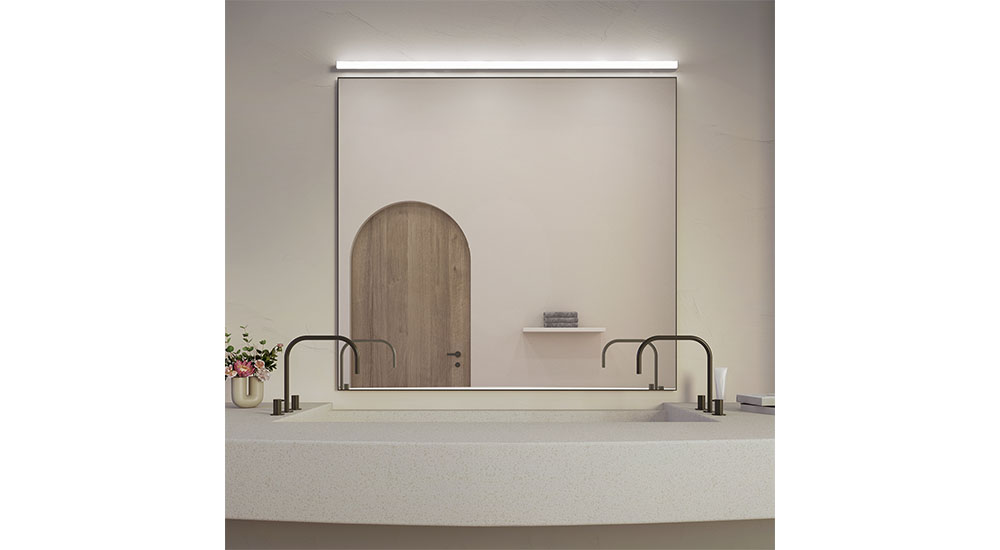
The SONNEMAN Stix Plus Wall Bar delivers a strong lumen output from a minimalist geometric profile. The collection is available in a range of sizes, from 48- to 96-inches. sonnemanlight.com Photo: Sonneman
A Bright Future
Unlike surfacing swatches and paint chips, designers can’t provide a tangible example of light to clients for their consideration and approval. They need to be able to communicate the value of lighting design to gain trust and buy-in. Keeping on top of technologies and industry issues is key to building your business with lighting services.
